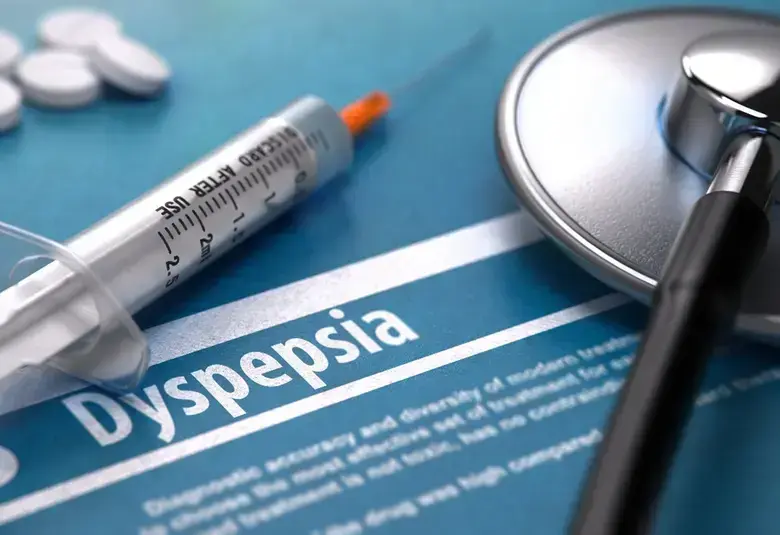Focus on preventive medicine has been closer to home than ever, even in the time of rapid acceptance of telemedicine in the face of the COVID-19 pandemic. Over the years, a shift in the medical paradigm of practice witnessed increasing focus on evidence-based interventions for prevention, more than treatment, as avoidance of disease and illness proved to be more economical, highly effective, and led to better long-term outcomes both for the individual and for public health1.
While medical understanding of dementia has grown exponentially through the years, treatment options remain elusive. As the aging population grows, so does the burden of the disease. In the Philippines alone, prevalence of dementia is noted to be at around 10 – 11% in 20182, with over 97% of cases being Alzheimer’s disease and vascular dementia combined. Cardiovascular risk factors were noted to be present in a number of cases with vascular dementia, highlighting an optimal focus of care: what prevention strategies can be employed?
The growing body of evidence of early prevention of dementia
In a review by Tipton3, several activities associated with general brain health were cited to be practical methods to prevent dementia – increase public awareness and education of the disease, address cardiovascular risk factors including hypertension, diabetes, obesity, and dyslipidemia, moderate alcohol use, smoking cessation, improved physical activity, and enhanced socialization.
To date, the highest level of evidence for the use of multidomain prevention (e.g. use of multiple approaches to the prevention of dementia) has been elucidated by the landmark trial, FINGER4, the Finnish Geriatric Intervention Study to Prevent Cognitive Impairment and Disability, a proof-of-concept randomized controlled trial assessing the conglomerate effect of diet, exercise, cognitive training, and vascular risk monitoring. After the 2-year follow-up period, participants were noted to have a 25% improvement executive function, attention, and speed, aspects noted to be limited in patients with dementia.
Benefits of early prevention, for the patient, his family, and the society-at-large
The question when to start preventive measures can perplex clinicians and families-at-risk alike. Analyses of existing data from observational and experimental studies in mice have shown that the human brain begins to show signs of the aging and demented changes as early as 35 years of age5.
The question when to start preventive measures can perplex clinicians and families-at-risk alike. Analyses of existing data from observational and experimental studies in mice have shown that the human brain begins to show signs of the aging and demented changes as early as 35 years of age5.
The tipping point, at which an individual’s risk factors inclusive of genetic make-up, and lifestyle risks, has not been shown in any exacting statistical model. Yet, the current and widely accepted premise is the existence of a prodromal period, a time period where an individual shows subtle, yet measurable signs and symptoms that herald the onset of dementia5. Over the past few years, a clinical entity described as mild cognitive impairment has grown popularity in medical literature: a state of mild memory loss, not sufficient enough to cause impairment of activities of daily living5.
The prodromal period of dementia and the presence of mild cognitive impairment are important indicators that preventive measures can be instituted prior to full-blown dementia – providing the clinician a window of opportunity to begin prevention, if not already started.
The benefits of early prevention are well-documented. Biomarkers have been mentioned in several publications as possible indicators of presence and severity of the disease. However, testing for these markers may both have medical and economic implications. The exact association between temporal changes of these biomarkers in response to aging, lifestyle, or treatment can become inconclusive6. Meanwhile, with early identification of the population at risk and early prevention, not only can testing for dementia biomarkers be more efficient, but can be scientifically practical as well.
The early prevention of dementia promotes over-all well-being and general good health. Interventions aimed to address cognitive decline have been reported to concurrently reduce the incidence of other degenerative neurological conditions as well7.
In the penultimate, the early prevention of dementia can serve as a key societal function and agenda for the holistic improvement of public health8, guiding political, socio-economic, and technological reforms towards improvement in detection, assessment, prevention, and ultimately, treatment. It is in the hope that the microcosmic focus from an individual-based prevention be extended to the community could dementia, possibly, other debilitating neurological and cardiovascular diseases be prevented too. Now more than ever, when the enigma of genetic and epigenetic personalized medicine has turned its view to public health as locus.
Where we’re headed
Over time, the goal for the long-haul is wide acceptance that early prevention will help decrease the incapacitating effects of dementia. Early preventive measures will allow more opportunities to improve individual self-reliance and community collaborative action towards development of policies to address dementia and its associated risks. Several studies are currently being developed to determine novel treatment strategies. Until then, until a solid treatment is found, early prevention is always a go to.
For the latest updates on sea.progress.im, subscribe to our Telegram Channel https://bit.ly/telePiM




